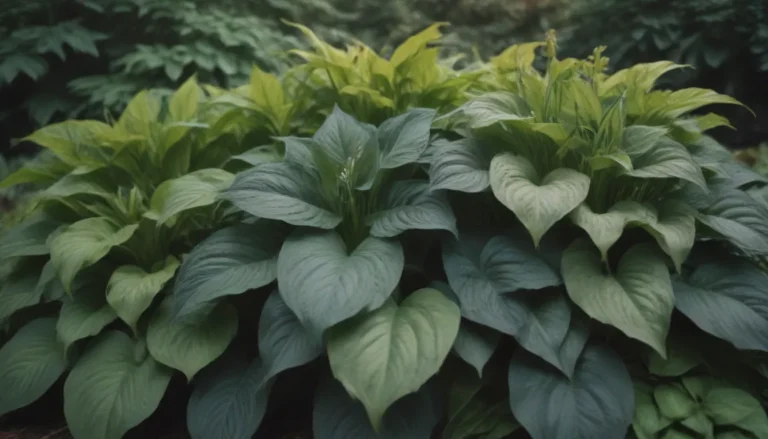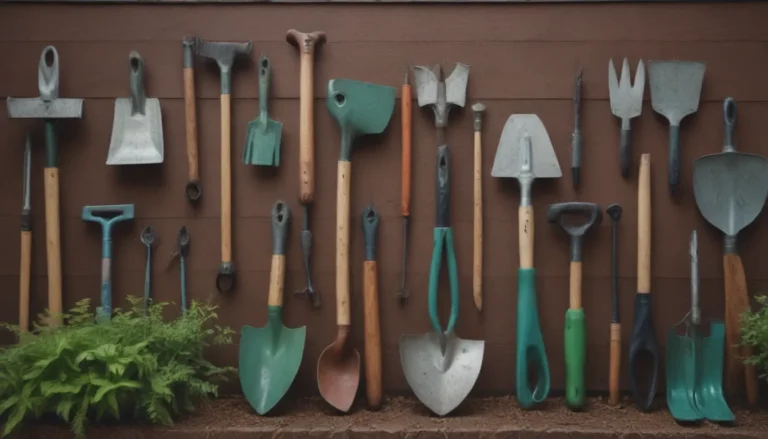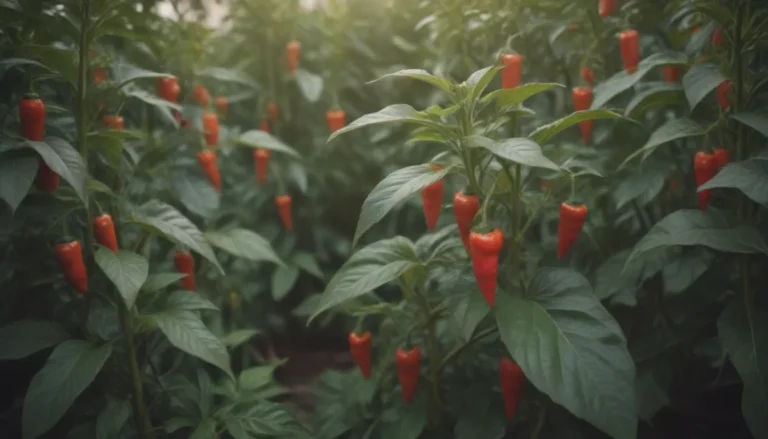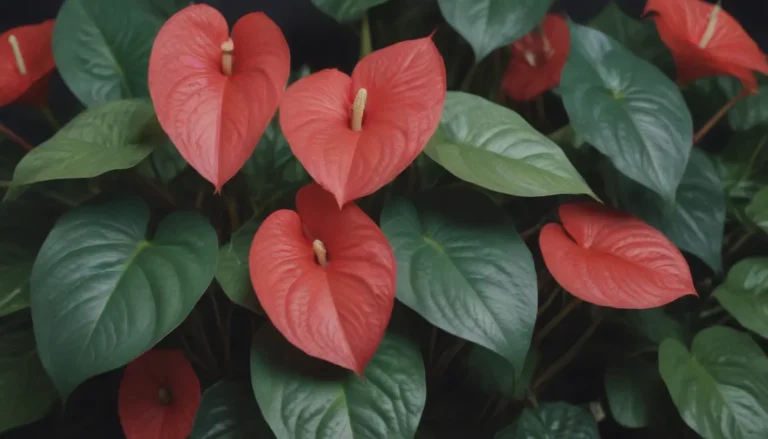A Beginner’s Guide to Growing and Caring for Monkey Tail Plants
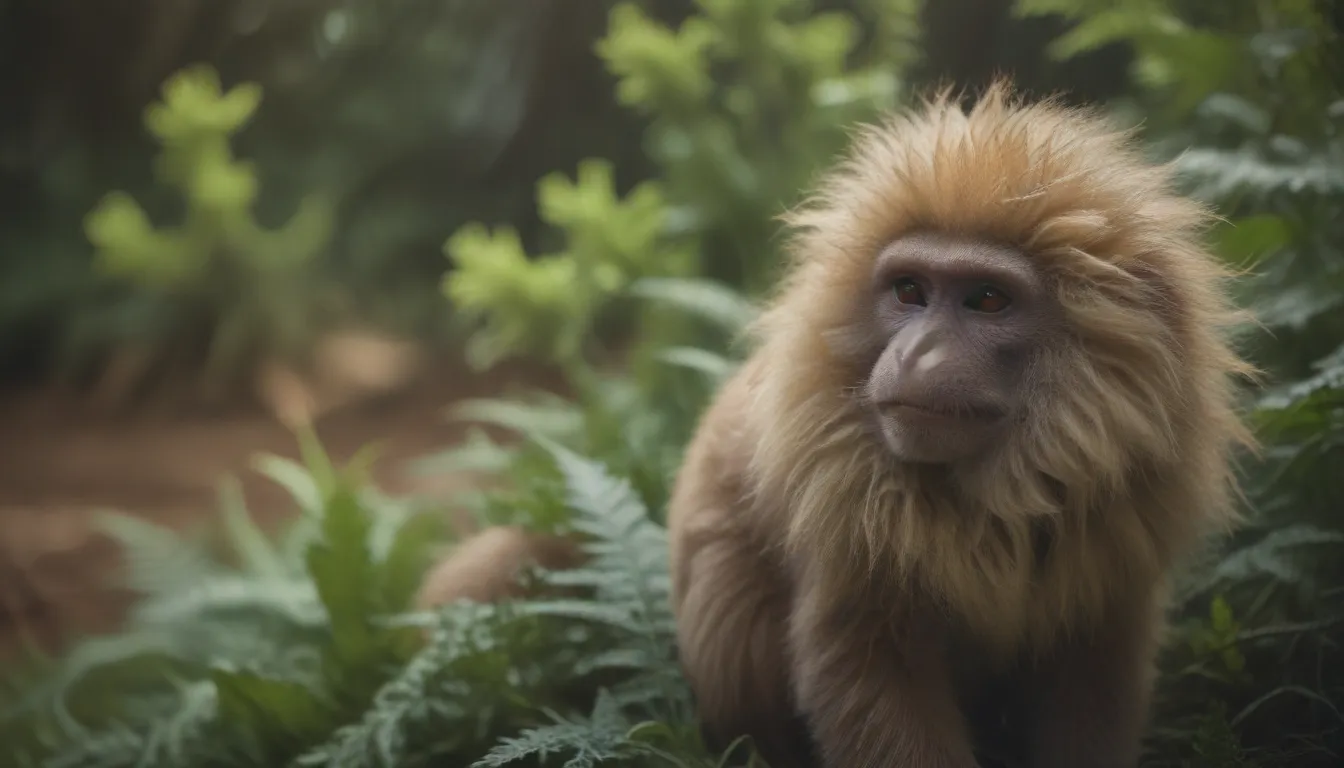
If you’re looking to add a unique and striking cactus to your indoor plant collection, the Monkey Tail Plant or Cleistocactus Colademononis is the perfect choice. With its long, thin stems covered in soft, white, hairlike spines, this plant is sure to make a statement in any room. In this comprehensive guide, we will explore everything you need to know about caring for and growing the Monkey Tail Plant.
Why Choose the Monkey Tail Plant?
The Monkey Tail Plant is a great option for beginners due to its low-maintenance nature. It’s a fast-growing species that can develop a trailing habit as it matures, making it perfect for hanging baskets or tall planters. Plus, when grown outdoors in warm regions, you may be treated to stunning red blooms.
Monkey Tail Plant Care Tips
Light
- The Monkey Tail Plant thrives in bright, indirect light.
- Avoid intense direct afternoon sun to prevent scorching the stems.
- Too much shade can cause the plant to drop its white spines.
Soil
- Use a loose, well-draining cactus mix.
- Standard potting soil is too heavy and can lead to root rot.
- Make your own blend by mixing potting soil, sand or gravel, and perlite or pumice.
Water
- Overwatering is the biggest killer of the Monkey Tail Plant.
- Allow the soil to dry out completely before watering.
- During the winter months, water sparingly to prevent root rot.
Temperature and Humidity
- Ideal for warm regions with minimal humidity.
- Frost-hardy to around 35°F for short periods.
- Cool temperatures in winter can stimulate flowering.
Fertilizer
- Feed with a high-potassium, low-nitrogen liquid fertilizer.
- Apply at the start of the growing season.
- Some enthusiasts feed every one or two months while the plant is actively growing.
Pruning and Propagation
Pruning
- Remove broken, dying, or dead stems as needed.
- Monkey Tail Plants are low-maintenance and require minimal pruning.
Propagation
- Propagate through stem cuttings in the spring or summer.
- Follow simple steps to create new baby cacti for your collection.
Potting and Repotting
- Monkey Tail Plants have shallow roots and prefer to be slightly rootbound.
- Repot every two years when the plant becomes top-heavy.
- Choose a slightly larger pot and allow the roots to settle before watering.
Encouraging Blooms
- Outdoor plants may bloom in warm climates.
- Deadhead spent blooms to encourage new flowers.
- Colder temperatures in winter can also promote blooming.
Common Pests and Problems
Pests
- Watch for pests like spider mites, scale, and mealybugs.
- Wash away small infestations or use insecticidal soap for heavier cases.
Common Problems
- Yellow stems may indicate sunburn, freeze damage, or pest infestations.
- Floppy stems could be due to lack of light or overwatering.
Rat Tail Cactus vs. Monkey Tail Plant
It’s important to note the difference between the Rat Tail Cactus and the Monkey Tail Plant. While they may look similar, the Rat Tail Cactus has shorter, thicker stems with golden spines and different-colored flowers. Most collectors prefer the Monkey Tail Plant for its unique appearance and low-maintenance care routine.
In conclusion, the Monkey Tail Plant is a fascinating and easy-to-care-for cactus that can thrive both indoors and outdoors in the right conditions. By following the tips and guidelines outlined in this guide, you can ensure that your Monkey Tail Plant grows and flourishes beautifully. Whether you’re a seasoned plant parent or just starting your indoor garden journey, this unique cactus is sure to make a wonderful addition to your collection.

